Highlights
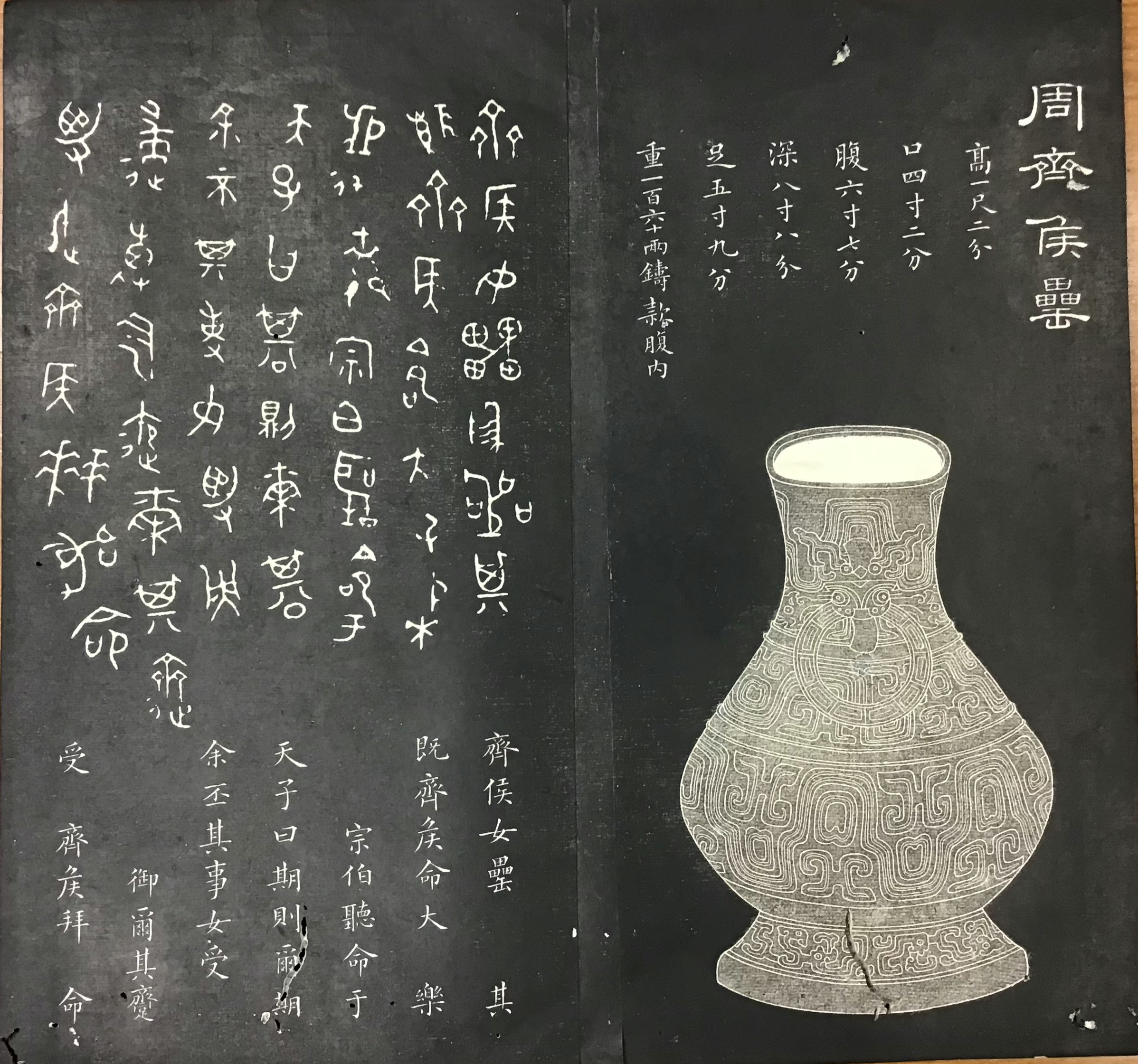
Friendship, Network, and Self-Fashioning in Cao Zaikui’s Catalogue of Ancient Bronzes
Antiquarianism (jinshixue) established itself as a respected academic discipline in the Song dynasty (960–1279) and gained significant prominence in the 19th century. Following the reign of the emperor Jiaqing (1796–1820), more scholars collected and published bronze and stone inscriptions to verify and supplement classical and historical records found in transmitted texts.

An Interview with Chris Hall
In the 1980s I bought both Japanese and Chinese textiles. I decided to focus on Chinese textiles because I could see there was a unique opportunity to put together a great collection whereas I could not do the same with Japanese textiles.
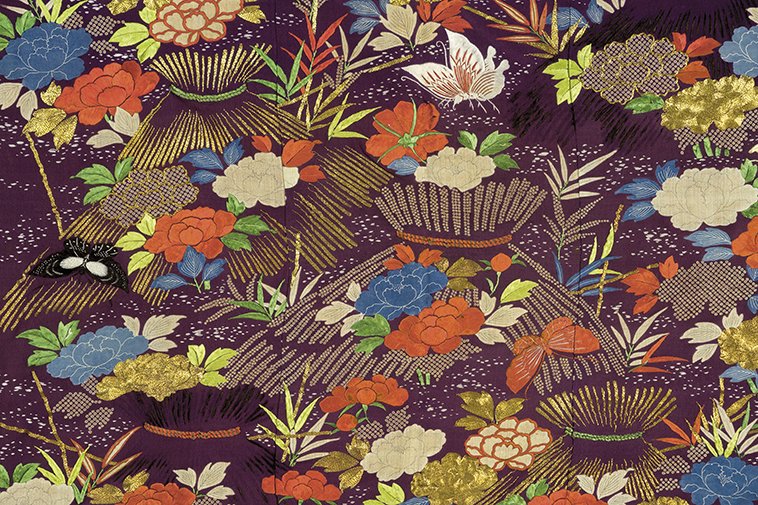
Japanese Gift Covers from the Chris Hall Collection
In Japan, squares of lined silk called fukusa were used to cover and exchange formal gifts. Exquisitely embroidered, woven, painted, and dyed, fukusa are some of the finest examples of Japanese textile artistry.

On the Trail of Treasure from China’s Lost Summer Palace
Understanding and uncovering where these artworks went after the looting is a fascinating exercise in detective work that runs through libraries, palaces, auction archives, museums, and private houses around Europe and the United States.

‘東海道 Tōkaidō: Dreamscapes by Andō Hiroshige’ at the Montreal Museum of Fine Arts
The Hiroshige exhibition is a rare treat for enthusiasts of Asian art in Canada. Unlike our American neighbours , who frequently host Asian art exhibitions, Canadian institutions seldom showcase such focused displays.

John Thomson’s Photography of Hong Kong: Picturesque Landscape and ‘Types’
Born in Edinburgh, John Thomson (1837–1921) was a Scottish geographer, traveller, and photographer. He was the first known photographer to document China and, unlike most Western photographers of the time who stayed in the coastal treaty ports, he travelled to the interior of China.

Exhibition Review: China’s Southern Paradise: Treasures from the Lower Yangzi Delta
In the fall semester of 2023, I—and likely every faculty member in North America teaching about the arts of China—had an opportunity to say at least once a week, ‘If you can get to Cleveland before January, you will see this’, referring to one of the more than 240 objects—paintings, metalwork, jade, ceramics, furniture, prints, and calligraphy—on view in ‘China’s Southern Paradise: Treasures from the Lower Yangzi Delta’.

Exhibition Review: ‘Art Personalised’ Hong Kong Museum of Art
Some background may be needed to understand the joyful curatorial folie of ‘Art Personalised’, an exhibition on view from 10 November 2023 through 7 April 2024 at the Hong Kong Museum of Art (HKMOA). Under the direction of Maria Mok Kar-wing, the museum has pursued an unabashedly populist strategy since it reopened in Tsim Sha Tsui in December 2019, after four years of expansion and renovation.

Remembrance of Things Past: Negotiating a Scholar-Official Identity in Sweetmeat Vendor and a Child
Street vendors were a popular painting subject in both the Song dynasty (960–1279) and the subsequent Yuan dynasty (1272–1368), the transition of which marked the dominion of the Mongol empire over China.

The Religious and Humanistic Context of Chinese Tang-Dynasty Armour Futun (Abdominal Swallowing-like Beast)
The Tang dynasty (618–907 CE) is often regarded as the most wealthy age of ancient Chinese empires, and Tang art elaborately demonstrates the dynasty’s cultural diversity.

In Pursuit of the Picturesque: Jades from the Qianlong Era in the Minneapolis Institute of Art
The reign of Qianlong (r. 1735–96) marked the most glorious period in the long history of jade production in China. The stable imperial power and unprecedented prosperity created an environment in which jade carving could flourish.
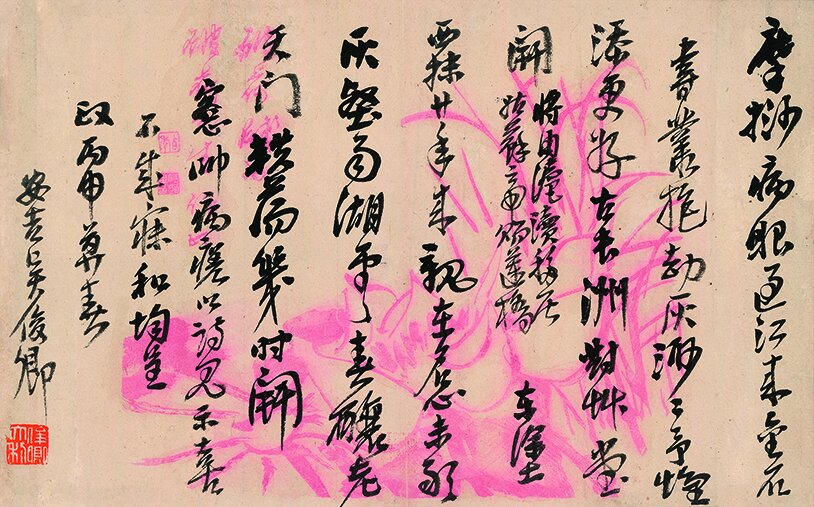
Wang Tiande: Transforming Art by Collecting
Trained in Chinese painting and calligraphy at the Zhejiang Academy of Fine Arts (now China Academy of Art), Wang is well versed in classical aesthetics and literati idealism, but remains conscious not to let tradition limit his creativity.

Fascinating Characters: The Art of Writing and Text Cultures in East Asia
The significance and relevance of the art of writing compellingly lends this subject to the opening presentation in this gallery. Calligraphy is omnipresent in East Asia, where writing systems are crucial.

A Lonely Odyssey: The Life and Legacy of Alma M. Karlin
Karlin was by no means the first woman to travel around the world alone, but she was one of the first women to travel on her own for such an extended period.

The Abstract Prints of Hagiwara Hideo
In 1954, the Japanese oil painter Hagiwara Hideo (1913–2007) turned to woodblock printmaking after falling ill with tuberculosis. Right from the start his prints were abstract in style, which made his reputation abroad as well as in Japan.

Materials of Inspiration: Zheng Chongbin
Contemporary artist Zheng Chongbin (b. 1961, Shanghai) has turned Chinese painting inside out, focusing on its materials and surface, the performance and process of painting.

Lalan’s Metaphysical Journey Through Her Artistic Practice
Xie Jinglan (1921–95), nicknamed Lalan, was an artist who paved her search into spirituality through the oeuvre she composed, choreographed, performed, and painted.
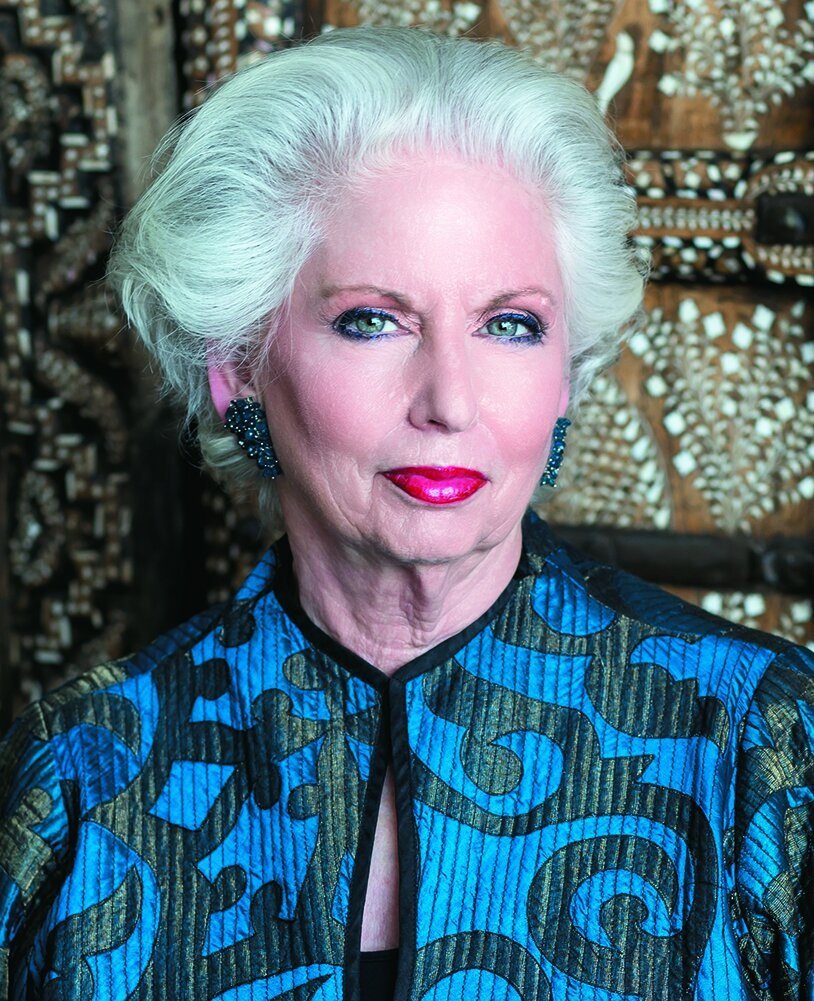
Exquisite Aesthetics: An Interview with Barbara Levy Kipper
The exhibition ‘Vanishing Beauty: Asian Jewelry and Ritual Objects from the Barbara and David Kipper Collection’, on view at the Art Institute of Chicago from 19 June to 21 August this year, showcased the extensive collection of jewellery as well as ritual objects from the Himalayas and other Asian regions to be gifted to the museum by Barbara Levy Kipper.

‘Jewels of Transcendence: Himalayan and Mongolian Treasures’
Humanity has long viewed material treasures as evidence of spiritual riches—just as the earthly powers of the political elite have been (and in many regions continue to be) considered divine.
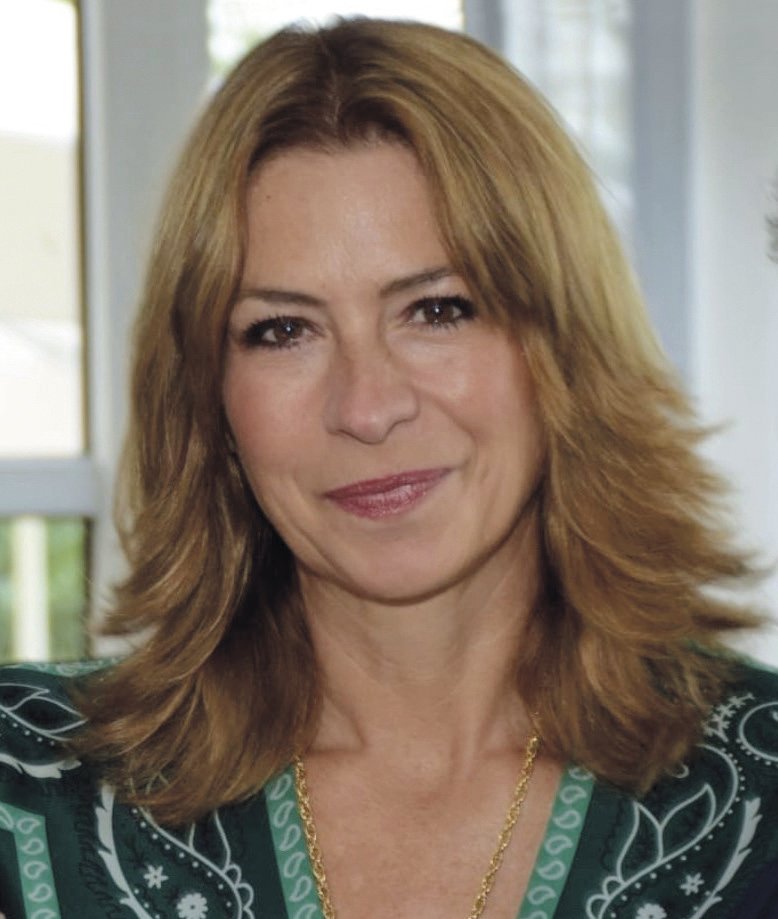
An Interview with Jacqueline von Hammerstein-Loxten
World-renowned Asian art dealer and collector C. T. Loo (1880–1957) masterminded the inception and realization of the Pagoda. Loo commissioned the Pagoda in 1926 and with the help of the architect Fernand Bloch (1864–1945).
